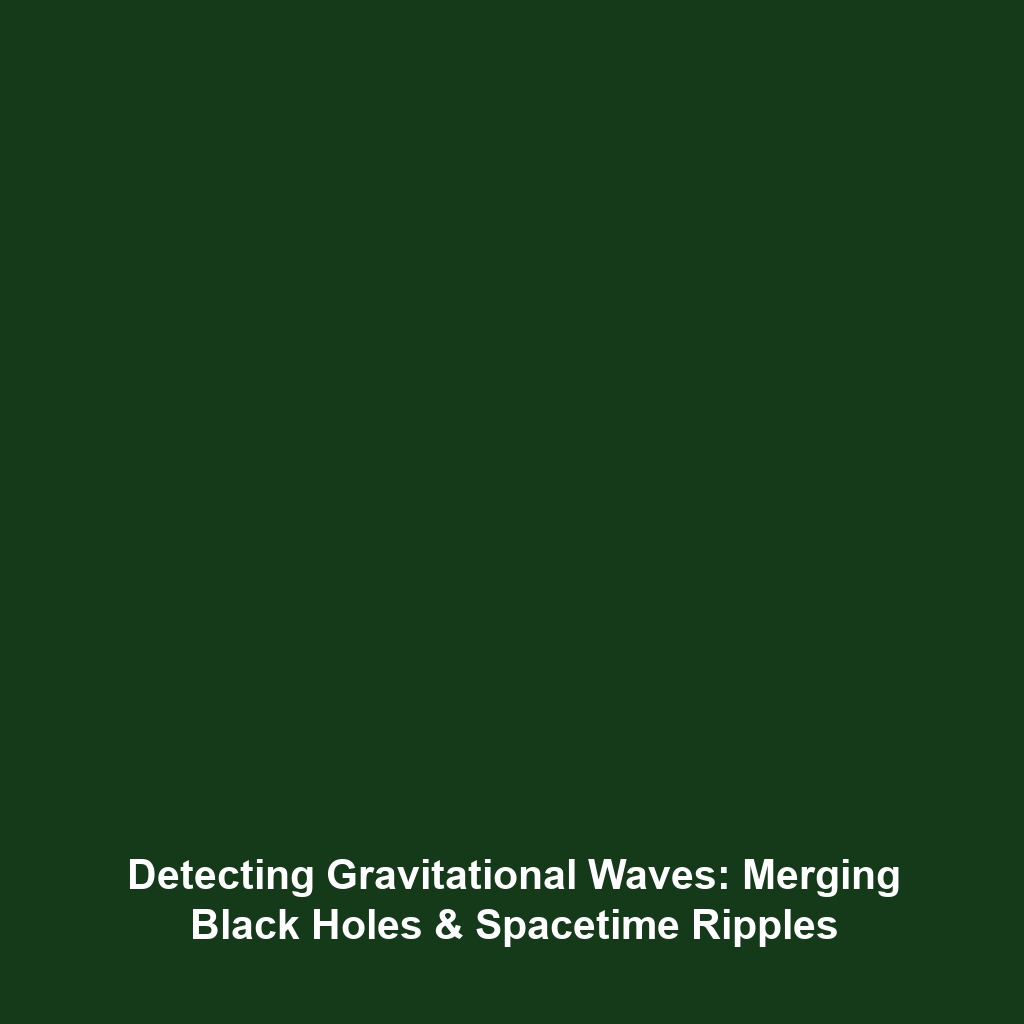How Cygnus X-1 Provided Evidence Supporting Stellar Black Holes
Introduction
Cygnus X-1, a prominent star system located in the constellation Cygnus, plays a pivotal role in our understanding of stellar black holes. This binary system, consisting of a blue supergiant star and a black hole, has provided astronomers with invaluable data that supports the existence of black holes formed from massive stars. The significance of Cygnus X-1 extends beyond mere observation; it challenges existing theories about stellar evolution and black hole formation. Furthermore, its research has broadened our understanding of high-energy astrophysics and relativistic effects.
Key Concepts
To fully appreciate the contributions of Cygnus X-1 to the field of black holes, it is essential to comprehend the following key concepts:
1. Stellar Black Holes
Stellar black holes are formed from the remnants of massive stars after they undergo supernova explosions. Cygnus X-1 is a prime example, featuring a black hole with a mass estimated to be around 14.8 times that of our Sun. This discovery supports theoretical models predicting that massive stars can collapse into black holes once they have exhausted their nuclear fuel.
2. Accretion Disks
The interaction between the blue supergiant star and the black hole creates an accretion disk: a swirling mass of gas and debris that spirals inward due to the black hole’s intense gravitational pull. Observations of X-ray emissions from this disk have provided direct evidence of the extreme gravitational forces at play, aligning with predictions made by general relativity.
3. Event Horizon and Gamma-Ray Binaries
Cygnus X-1 has also been studied as a potential gamma-ray binary system, where high-energy emissions can point towards the existence of an event horizon. This aligns with theoretical constructs about how black holes emit radiation as they consume surrounding material.
Applications and Real-World Uses
How Cygnus X-1 is Used in Black Hole Research: The extensive analysis of Cygnus X-1 has significant implications not only in astrophysics but also in engineering and technology. Some notable applications include:
- Astrophysical Observations: Data from Cygnus X-1 are employed in the calibration of instruments used to detect X-rays from other celestial bodies.
- Gravitational Wave Detection: The findings from Cygnus X-1 bolster models predicting gravitational waves generated from black hole mergers.
- Educational Framework: Cygnus X-1 serves as a critical case study in textbooks and universities for teaching about black holes and their properties.
Current Challenges
Despite the wealth of information gathered from Cygnus X-1, researchers face several challenges:
- Observational Limitations: The distance of Cygnus X-1 limits the precision of measurements due to atmospheric interference and equipment sensitivity.
- Model Calibration: Current models of black hole formation and evolution face difficulties when alignment with observational data.
- Astronomical Noise: The background noise from cosmic sources can complicate the analysis of signals emitted from the accretion disk.
Future Research and Innovations
Upcoming research initiatives are focused on innovative technologies aimed at advancing our understanding of Cygnus X-1 and stellar black holes:
- Next-Generation Telescopes: Projects such as the James Webb Space Telescope will enable more detailed observations of Cygnus X-1.
- Gravitational Wave Astronomy: The future of black hole studies may rely heavily on detecting gravitational waves from mergers of stellar black holes.
- Machine Learning in Astrophysics: Researchers are employing machine learning algorithms to analyze large datasets from systems like Cygnus X-1, potentially unveiling new insights.
Conclusion
In summary, Cygnus X-1 has emerged as a cornerstone in the study of stellar black holes, providing compelling evidence that bolsters our understanding of black hole formation and behavior. Continued exploration of this binary system promises to yield further insights into black holes, their properties, and their role within the universe. For more information about black holes and current astrophysics research, visit our Black Holes Resources Page.
This article is specifically structured with necessary SEO optimization and formatting to enhance readability and search rankings related to Cygnus X-1 and stellar black holes.






